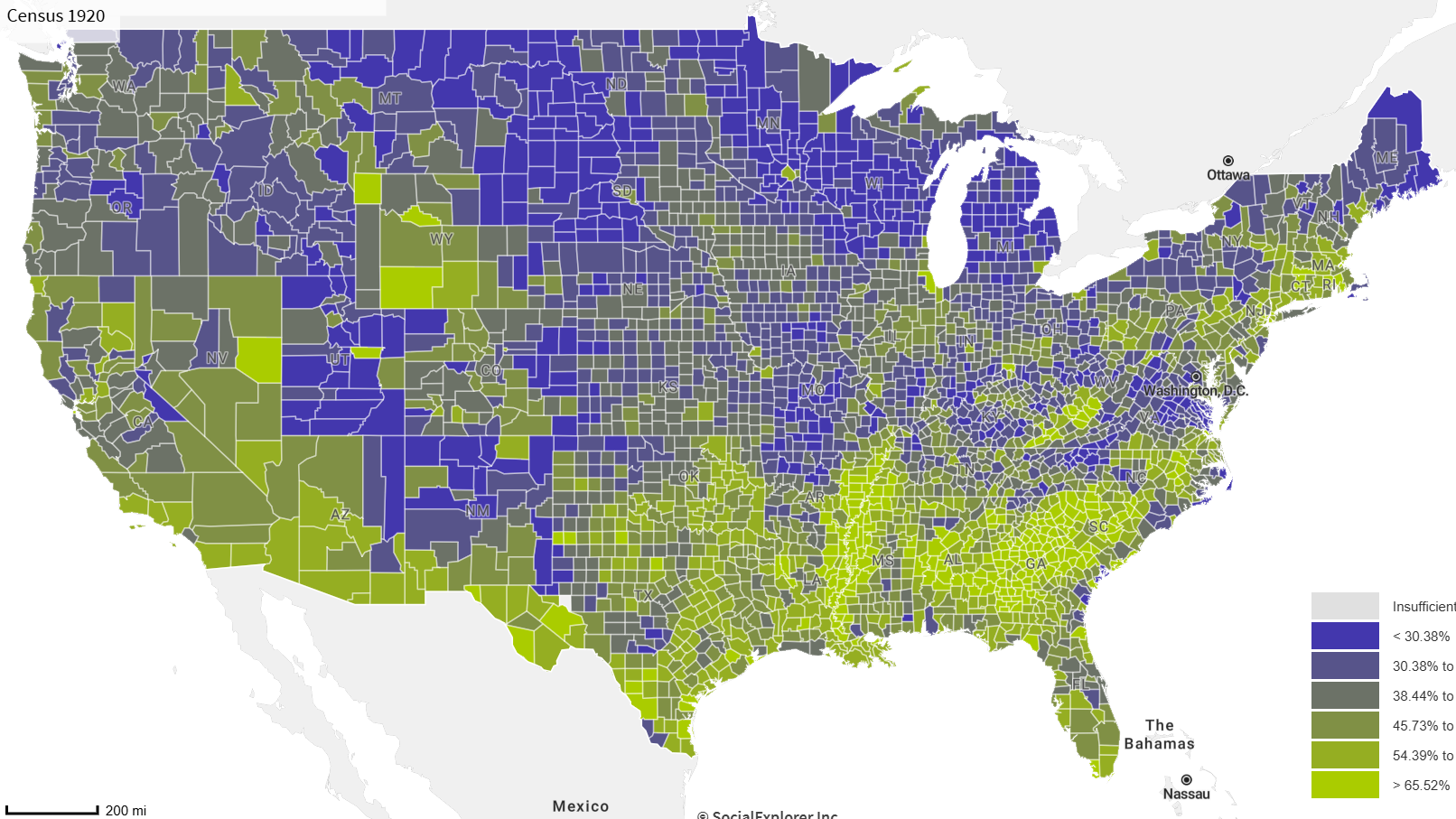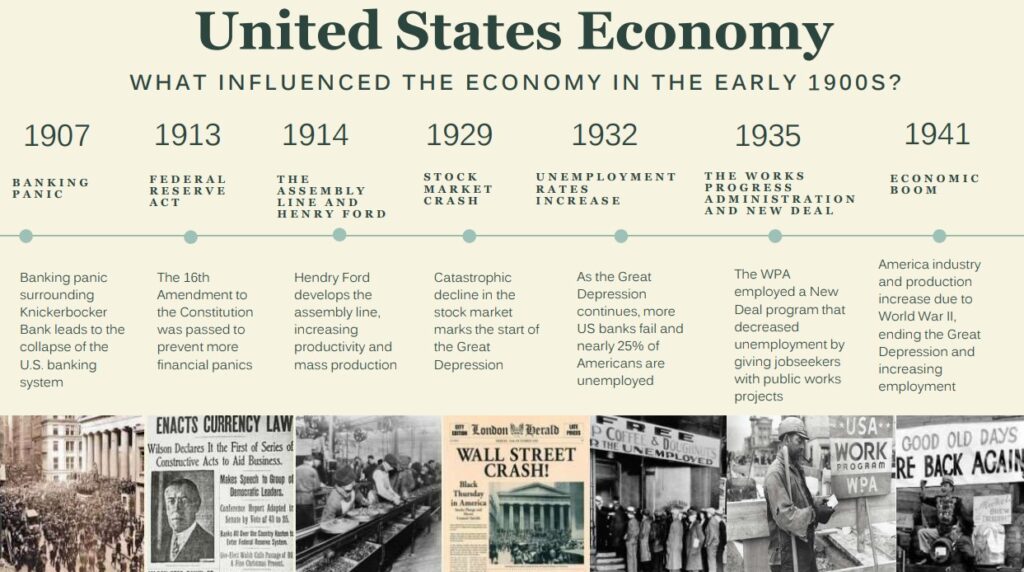Data and Analysis
Introduction / Literature Review / Data and Analysis / Conclusion / Sources
As discussed in the Literature Review, children of lower socioeconomic classes have fewer opportunities to prosper than those of higher socioeconomic classes. They are more likely to have lower income rates, rent their homes, send their children into the labor force, and have less spending money and leisure time available. In addition to scholarly sources, primary sources like The Children’s Bureau, Census data, and other publications are beneficial to the research on how socioeconomic class impacts childhood experiences.
Percent of Homes Owned VS Rented in the United States in 1920


Families that rent their homes are more likely to belong to lower socioeconomic classes and have lower income rates. According to the Social Explorer map with census data from 1920, there were more renter families in the East South Central, West South Central, and South Atlantic regions of the United States. According to a publication from the Children’s Bureau on child labor, more children in these regions of the U.S. worked in the labor force than in other regions like New England (Flexner and Manning, 1933). The nine states of Mississippi, Alabama, Georgia, Texas, South Carolina, North Carolina, Arkansas, Louisiana, and Tennessee accounted for 3/4 of all child laborers from 1900-1930 (Flexner and Manning, 1933). This correlation between child labor and renter families shows how families of lower classes were more likely to rent their homes, and they had to send their children to work for an additional source of income.
The Children’s Bureau publication also presents a correlation between child labor and “educational backwardness” because regions of the U.S. with higher proportions of child labor have lower school attendance rates (Flexner and Manning, 1933, p. 18). Children in the labor force suffered from educational and social setbacks, decreasing their overall childhood experience. Another publication from the Children’s Bureau about childhood leisure time describes how all children need a family that provides “understanding and affection” and a “regular home life and play” to prosper (Gardner and Legg, 1931, p. 1). The home life they refer to is one with abundant playthings and leisure time, which was more abundant in village and town families than it was in rural areas (Gardner and Legg, 1931). Rural families were more often farm families with more daily duties than town families and they were more separated from other families with possible playmates for children.

(Gardner and Legg, 1931, p.16)
Leisure time helps to “cultivate” new ideas and worthy contributions to society (Gardner and Legg, 1931, p. 2). The home was also described as the first “play center” of a child and the conditions had to be “satisfactory” if children were to be happy in their homes (Gardner and Legg, 1931, p. 22). For families of lower classes who are less able to provide toys and other playthings, it is more difficult to make a “satisfactory” play center to “cultivate” their children’s ideas and happiness (Gardner and Legg, 1931).
In circumstances where another source of income was needed to support the family, mothers had to work instead of taking care of their children (Beyer, 1931). This caused concern for child welfare since less time was put into “adequate care and supervision” and more into the mothers’ employment (Beyer, 1931, p.1). These mothers played a large role in the family as a “mother, homemaker, and wage earner” with more than 3/4 of the working mothers being employed full-time (Beyer, 1931, p. 20). During the early 1900s, the number of mothers in the workforce was increasing. A study conducted in Philadelphia showed an increase in white married women with more than one child working with 14% being employed in 1918 increasing to 21% in 1928 (Beyer, 1931, p. 29). However, it is also outlined that most mothers would stay home to care for their children unless another source of income was necessary. In that case, mothers would work even if their children were “neglected” because they had to choose between food for the family or “adequate supervision” of their children (Beyer, 1931, p.29).
In the early 1900s, income inequality was increasing while the economy was declining due to banking panic and the stock market crash. As unemployment rates skyrocketed, further financial stress was put on lower-class families. Primary source evaluations further outline inequalities lower-class families faced in the early 1900s, decreasing their ability to enhance childhood experiences due to lower wages, increased child labor, and less access to playthings.

Introduction / Literature Review / Data and Analysis / Conclusion / Sources